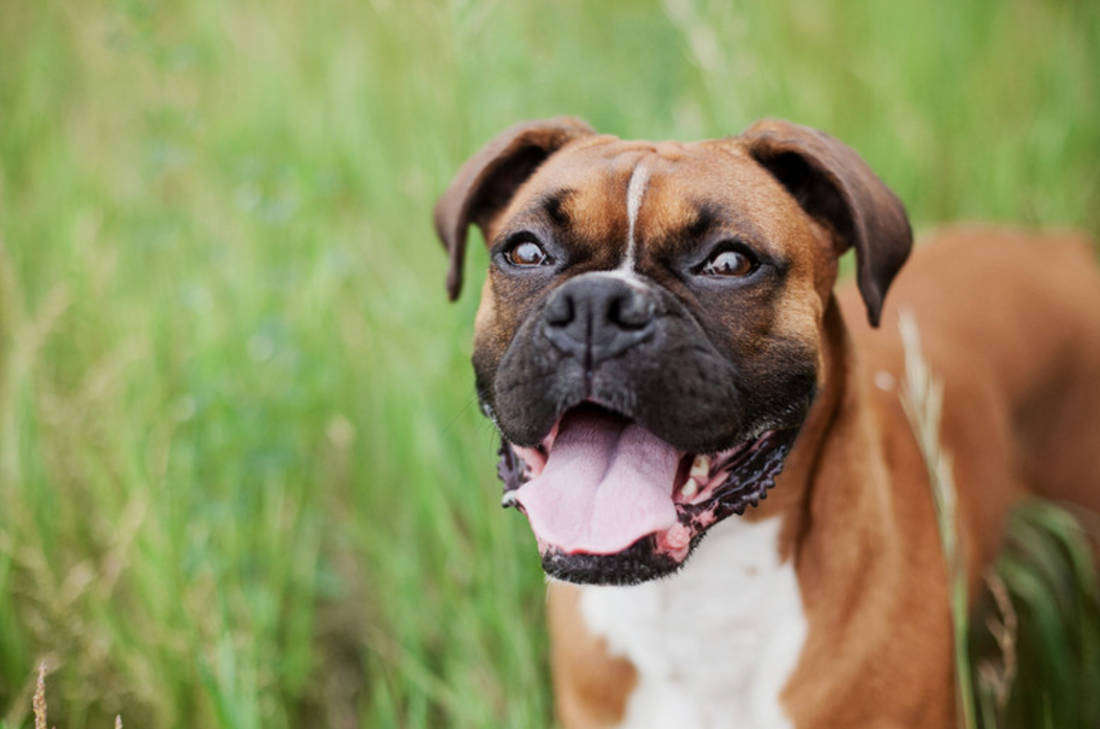
How To Brush Dogs Teeth - A Step-By-Step Guide
Share
How to Brush Your Dog's Teeth: A Step-by-Step Guide
Maintaining your dog’s dental hygiene is crucial for their overall health. Just like humans, dogs can suffer from dental issues, such as plaque buildup, gum disease, and bad breath. Brushing your dog’s teeth regularly can help prevent these problems. Here’s a simple guide on how to brush your dog’s teeth effectively.
Why Dental Care is Important
Dental disease is one of the most common health issues in dogs. It can lead to pain, infections, and even affect their heart, liver, and kidneys. Regular brushing not only helps to keep your dog’s teeth clean but also promotes fresh breath and a healthy mouth.
What You’ll Need
- Dog Finger Toothbrush: Look for a toothbrush designed for dogs. These often have softer bristles and angled heads for easier access.
- Dog Toothpaste: Never use human toothpaste, as it contains ingredients harmful to dogs. View our kits here
- Treats: Consider rewarding your dog after brushing to make the experience more positive.
Step-by-Step Guide to Brushing Your Dog’s Teeth
1. Get Your Dog Comfortable: Start by letting your dog sniff the toothbrush and toothpaste. You may want to do this over a few days to help them get used to the items.
2. Choose the Right Time: Find a quiet time when your dog is calm and relaxed. This could be after a walk or playtime.
3. Positioning: Sit or kneel beside your dog. You can also have someone hold your dog still if needed. Make sure your dog is comfortable and secure.
4. Lift the Lips: Gently lift your dog’s lips to expose the teeth. You may need to start with just the front teeth before moving to the back.
5. Apply Toothpaste: Squeeze a small amount of dog toothpaste onto the toothbrush.
6. Start Brushing: Use gentle, circular motions to brush your dog’s teeth. Focus on the outer surfaces where plaque tends to accumulate. Aim to brush for about 30 seconds to a minute.
7. Be Gentle: If your dog resists, take a break and try again later. Never force the toothbrush into your dog’s mouth, as this can lead to anxiety about brushing.
8. Praise and Reward: After brushing, give your dog plenty of praise and a treat. This will help them associate tooth brushing with positive experiences.
9. Regular Routine: Aim to brush your dog’s teeth several times a week, if not daily. Establishing a routine will make the process easier for both you and your dog.
Additional Tips
- Watch for Signs of Dental Problems:
Keep an eye out for bad breath, red or swollen gums, or difficulty chewing. If you notice any of these signs, consult your veterinarian.
- Consider Dental Chews:
Along with brushing, you can provide dental chews that help reduce plaque and promote oral health.
Brushing your dog’s teeth may seem daunting at first, but with patience and practice, it can become a simple part of your routine. By taking care of your dog’s dental health, you’re not only helping them maintain a bright smile but also ensuring their overall well-being. So grab that toothbrush and get started on a healthier mouth for your furry friend!
View our dental products here
